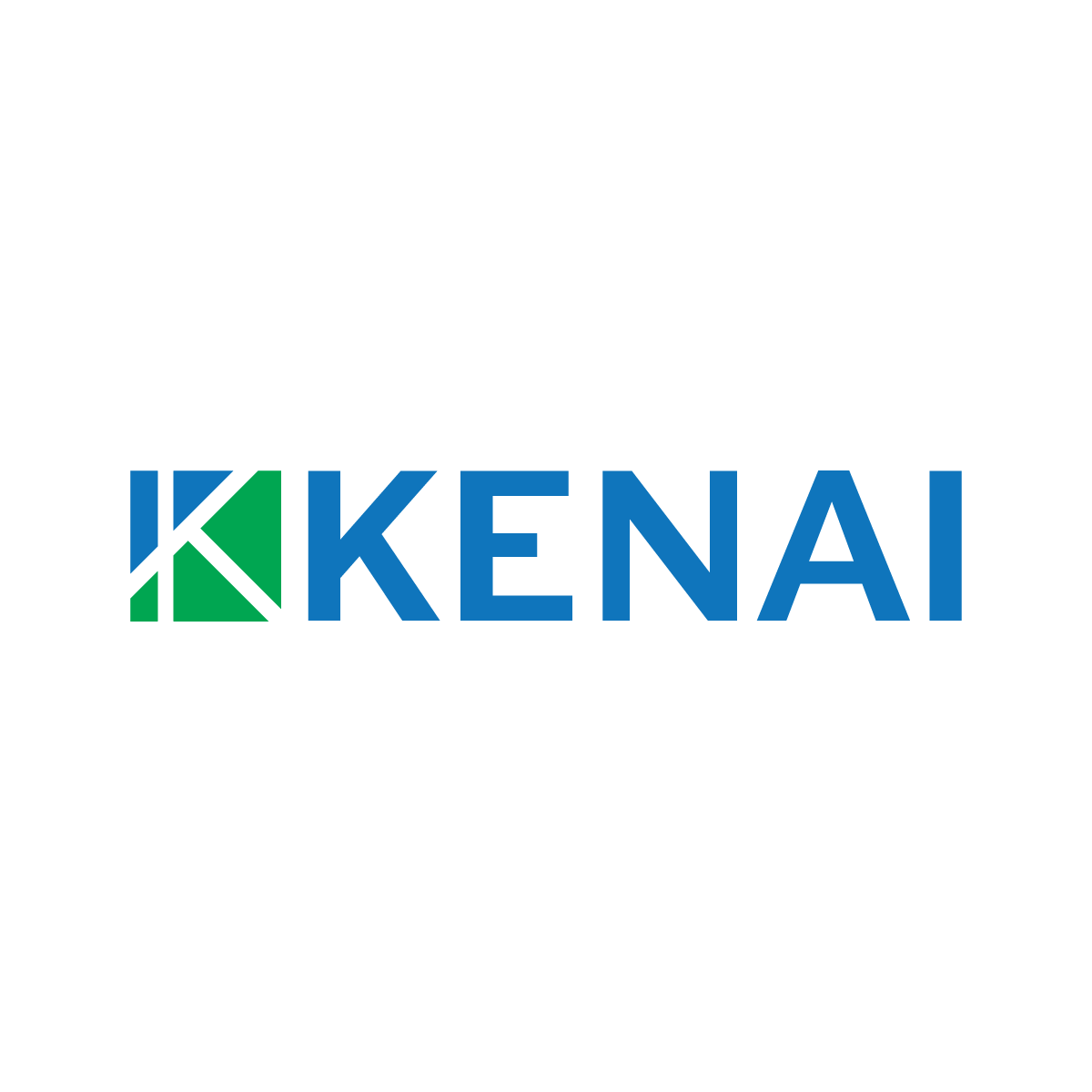If you watch Dragon’s Den, you’ll know how much the dragons harp on about healthy profits, revenue, and margins. They don’t do this to trap budding entrepreneurs who can’t recall their figures (or because the producers think it’s good TV to see people squirm) – they know this is what businesses need to succeed.
In fact, managing and minimising costs, growing and diversifying revenue, and streamlining processes and resources to boost efficiency are the three core levers for business longevity.
Even with skilled and passionate people on your side, if you neglect these fundamentals you don’t have the buffer or resilience to weather storms, scale your business, attract and retain the right people, or follow digital transformation opportunities.
Your business is likely to remain teetering in the stressful “just-surviving” zone – or worse – fizzle out and fail.
A sobering way to begin a blog – but it’s important to grasp what’s at stake. Before you embark on any digital transformation project or technology change, ask yourself: Will it reduce costs? Will it grow our revenue? Will our work be more efficient?
Bonus points if you answer yes more than once – you’re onto a winner when you answer yes to all three. But if you answer no to all three, ask yourself: Are we doing this because everyone else is? Is it reactive? Are we suffering from shiny object syndrome?
Once you’ve established you’re doing it for the right reasons, now what? How can you be confident a technology project will achieve the objectives you want in the areas that really matter?
Here are five crucial areas to consider.
1. What are your metrics?
Knowing what to measure, when to measure, who’s responsible for measuring and when to course correct based on the data you gather is crucial to keep you on track.
Key metrics include:
- establishing your baseline
- return on investment
- cost-benefit analysis
- expenses – before and after
- productivity data: understanding downtime, bottlenecks, and reliability
- employee outputs
- customer experience.
In your digital transformation plan, you should outline what your KPIs are and who will take ownership of measuring them. Regular measuring allows you to course correct sooner to avoid budget blowouts or time delays.
Allow data to drive your decision making. As well as quantitative data – the cold, hard stats – don’t overlook qualitative insights. Survey your staff, customers, and other stakeholders to learn the impact of changes on them.
When your stakeholders are happy, you’ll usually see this in increased revenue – they are more likely to be loyal, and to recommend you.
2. What are your motives?
Are you adopting new technology for a quick win in reducing costs? Are you replacing vendors for lower-priced alternatives? Are you looking to automate processes and streamline workflows to improve efficiency? Or are you overhauling your technology architecture to future-proof your business and tick all three cost, revenue, and efficiency boxes?
There’s a time and place for all reasons, but it’s key to understand why you’re adopting technology as each intention requires a different approach and budget.
If a technology change is set to tick all three boxes, it may have the highest initial outlay because of training, adoption, and communication costs, but it could also save you the most time and money in the future – turning into a real game changer.
3. What’s your mindset?
Transforming your costs, boosting your revenue, and improving your efficiency is not a one and done event. It’s not a project you focus on over several months and set aside.
It’s a mindset; it’s a culture of continual review, revise and replace. If you create a culture of curiosity, data-led strategic-thinking, openness, and willingness to try new technologies, your technology change projects are more likely to succeed – and stick (meaning you’re not wasting money attempting it again in future).
4. What’s your method?
Once you’ve identified what you want to change and why, the next step is how.
When it comes to productivity, we’re often encouraged to “Eat the frog” or do the hardest, most unpleasant tasks first. But that’s not always feasible. Sometimes it’s best to deliver on the quick wins to test the waters and build momentum.
Some projects will result in an almost immediate impact to your costs, revenue and efficiency encouraging you to embark on the tougher, lengthier projects.
Your delivery plan should include milestones, ways to track progress, and accountability. It should outline how often you’ll communicate with stakeholders.
Communication is key to avoiding nasty surprises, people dropping the ball, and work being duplicated – these mistakes are costly but preventable.
When you achieve milestones, it’s a good idea to acknowledge them. Plan how you’ll recognise and celebrate what you’ve achieved. Showing your appreciation for a job well done keeps momentum going and increases employee buy-in.
5. What’s missing?
Often a digital transformation project highlights areas where there’s a shortfall in capacity or capability – where you’re wasting time and money – and reveals efficiency gains. Y
ou might begin by focusing on one area of your business and end up seeing connections with others. You can’t fix what you can’t see, so the ultimate is to identify silos, duplication, wastage and holes in policies, processes, and procedures because then you can address them.
You could lower your costs, boost your revenue, and increase your efficiency more comprehensively than your original intentions. In other words, you might set out to solve one presenting problem and end up solving a systemic issue – a massive win.
All technology change should impact on one or more of these areas: cost, revenue, efficiency.
Even with the initial cost of training, change management, and adoption, if you identify your technology change project will impact one or more of these three key areas, you’ve built a compelling case to press go.
If you realise a technology change project will have little or no impact you’ve saved time, stress and money. Either way, the groundwork is essential to ensure you’re making the right changes at the right time for the right reasons.
Target State considers cost, revenue, and efficiency in every phase of your digital transformation journey.
We’ll help you gain a full picture of the impact and potential of technology change so you can be confident you’re investing wisely.
Book a call today!
Further reading:
https://www.bain.com/insights/reduce-replace-rethink-transforming-technology-costs/
https://changemanagementinsight.com/how-to-estimate-cost-of-change-management/
https://www.mckinsey.com/industries/industrials-and-electronics/our-insights/accelerating-revenue-growth-through-tech-enabled-commercial-excellence#/
































